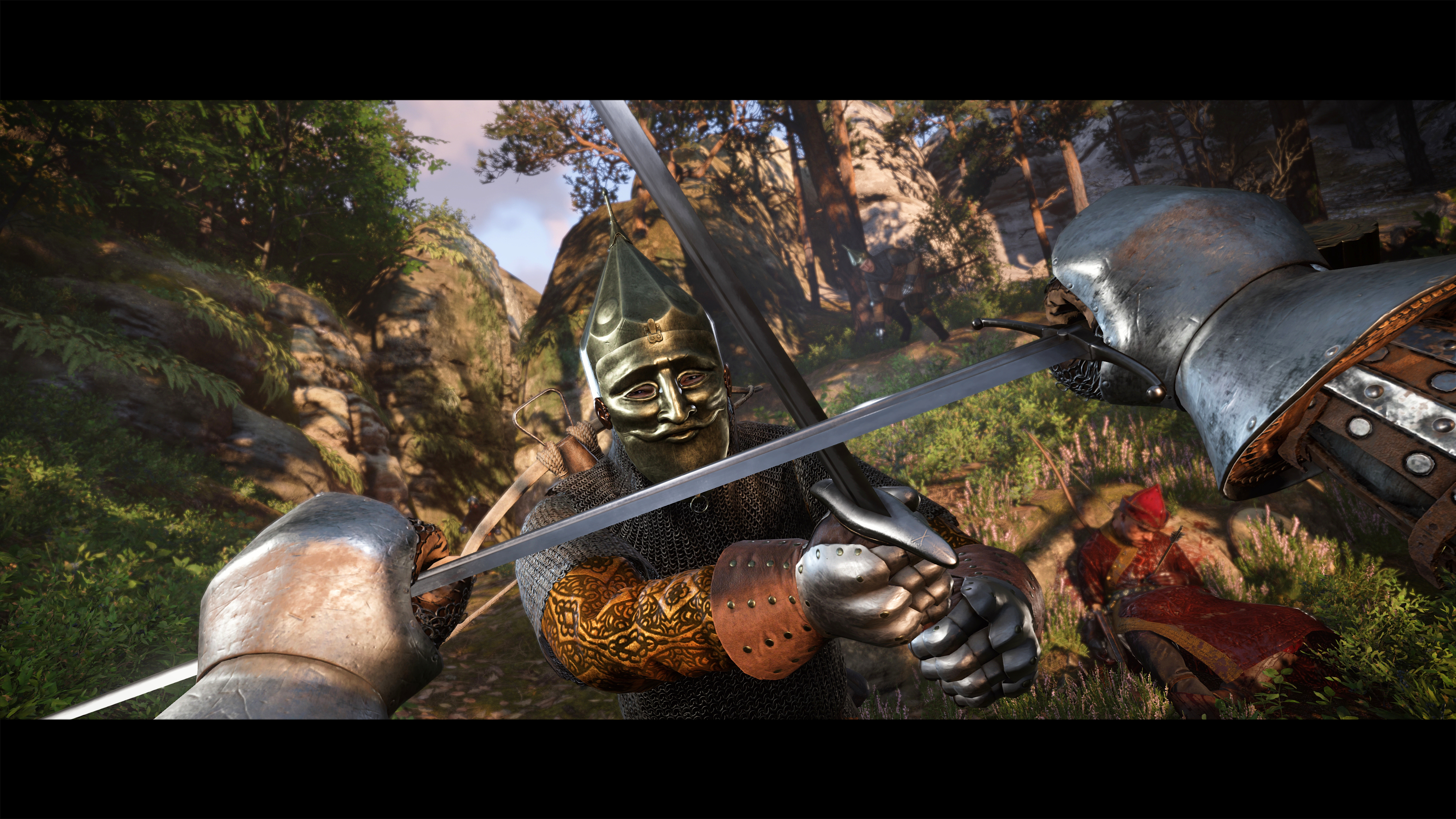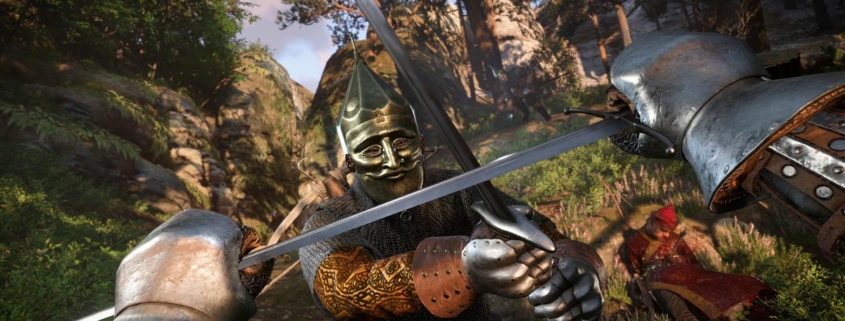Kingdom Come: Deliverance 2 isn’t just bigger, it’s more diverse, with Warhorse adding a ‘wide Range of Ethnicities and Different characters’

Kingdom Come: Deliverance 2 was revealed yesterday, and is set to be a considerably larger and more comprehensive representation of medieval life. As part of this, it’s set to address one of the more controversial elements of the first game, its lack of diversity.
In an interview with IGN, Warhorse was asked directly about its philosophy on historical accuracy in the first game, and whether that philosophy had changed in the second. To this Warhorse responded “Henry is embarking on a journey from the countryside and local quarrels to a relatively cosmopolitan city that is besieged and occupied by the invading king. Naturally, in a place like this, people can expect a wide range of ethnicities and different characters that Henry will meet on his journey.”
For context, the original game was criticised for including no people of colour beyond a handful of Turkic Cumans. In response, Warhorse vociferously defended its position based on the grounds of historical accuracy. In a statement from 2018, Daniel Vávra claimed the nationality of its characters “reflects what we know about Bohemia in 1403” which included “entire family trees and property rights”. Vavra admitted that “the situation at the time looked more heterogeneous in some other countries”, but that, for the specific area of Bohemia the game represented, there were no people of colour around at the time.
This stance became the topic of some debate among historians. Some concurred that the ethnic representation of the area Kingdom Come depicted made sense given its primarily rural nature. Others, such as Sean Miller, felt that absence of proof did not constitute proof of absence. For Eurogamer’s review of the game, Miller stated that “Czech cities Olomouc and Prague were on the famous Silk Road” and that “if you plot a line between them, it runs directly through the area recreated in Kingdom Come.” His point was that there was simply no way to be certain about a total lack of POC in the area Kingdom Come is set. “What if a group of black Africans came through and stayed at an inn and somebody got pregnant? Even one night is enough for a pregnancy.”
With the sequel, Warhorse does not explicitly state that its philosophy has changed. In its response to IGN, the studio explains that “the story and plot of KCD has evolved—it’s darker, deeper and more cinematic, yet also crueller with pivotal decisions and plot twists that challenge the player’s conscience.” More broadly, the studio states it is “trying to depict a realistic, immersive, and believable medieval world that is being reconstructed to the best of our knowledge”.
This largely echoes its position on the first game, only the setting has been expanded to include areas where there is stronger evidence for cosmopolitanism. That said, Warhorse does note that, for its research, the studio is “very closely working together with universities, historians, museums, reenactors, and a group of experts from different ethnicities or religious beliefs” so perhaps the studio is drawing its historically ‘accurate’ representation from a broader pool of research.
Moreover, there is an implication that the game’s diverse characters will play a more than peripheral role in the story. Following its reveal that players will encounter “A wide range of ethnicities”, Warhorse explains that. “In KCD 1, Henry grew from a boy to a man, and now in KCD 2, he is growing from a man to a warrior. However, he can’t do this by himself, and he needs a strong cast of friends to help him on his journey.”
Whether or not Warhorse’s stance on the knotty issue of historical accuracy has shifted, the upshot is that KCD 2 will be a more diverse game than the original, which is a good thing. It seems like we won’t have long to wait before finding out how exactly Warhorse has approached this issue, as the sequel is apparently due to land later this year.
Source link




